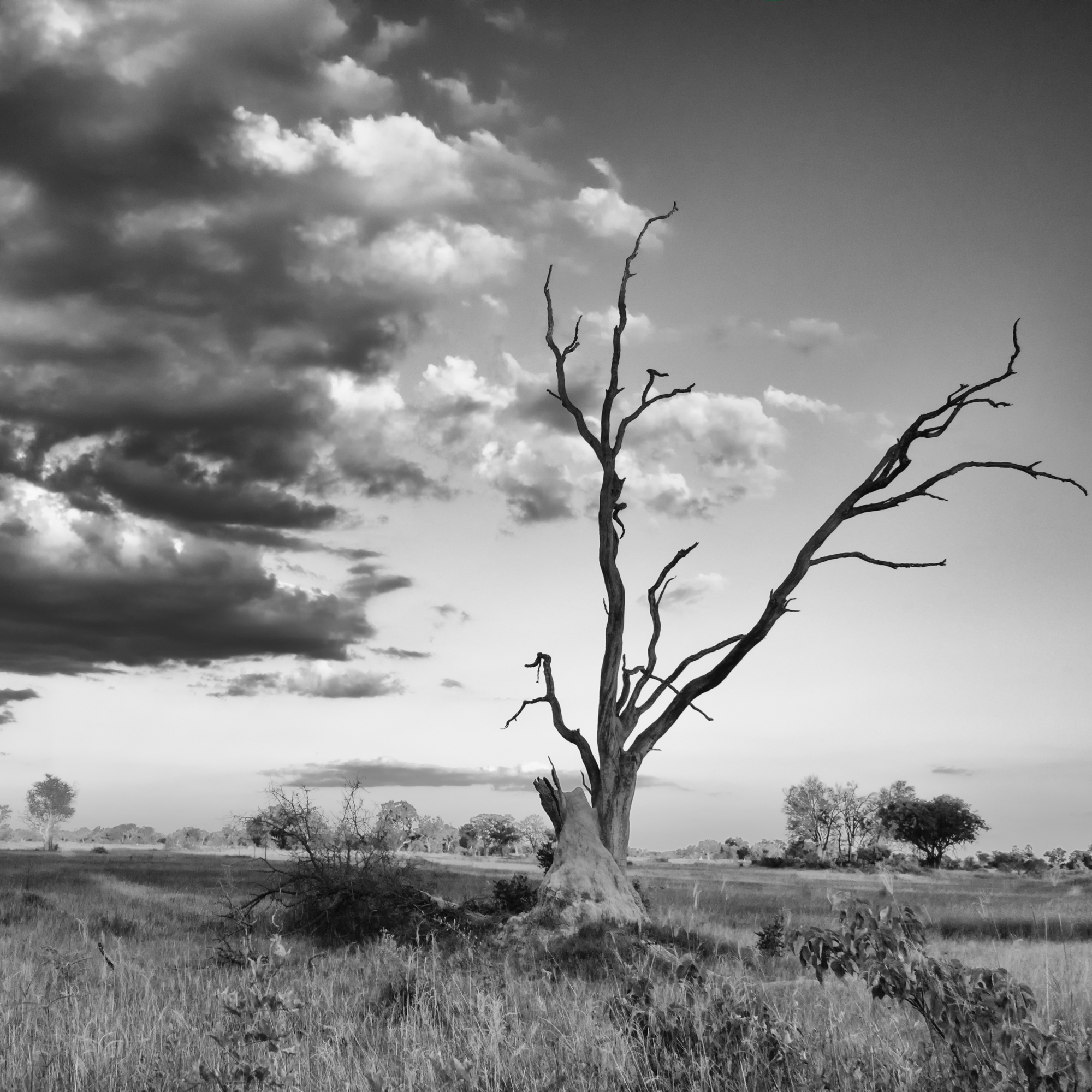I found this image in my file of edited images; somehow I missed posting it. It’s a few years old now, and seeing it brings back such happy memories of a wonderful morning out in the bush.
I hope you enjoy, and wishing you a wonderful week ahead.


Showcasing the beauty of Mother Nature
I found this image in my file of edited images; somehow I missed posting it. It’s a few years old now, and seeing it brings back such happy memories of a wonderful morning out in the bush.
I hope you enjoy, and wishing you a wonderful week ahead.

I’ve been having fun this weekend working on some of my photo art images, but decided to share a few images of interesting weaver nests today. They caught my eye, and I decided to just go with it.
On my most recent trip, we saw communal nests of the red-billed buffalo weaver and the typical hanging basket style nest of southern masked weaver (that’s my best guess, as we didn’t actually see anyone in residence).


On previous trips I saw several other great examples.







I wanted to share a few landscape scenes from some of the camps I stayed at this past May. The first two images were taken while staying at Lion Sands Tinga Lodge, and the last image was taken while staying at Chitwa Chitwa.
I hope you enjoying, and wishing you a fantastic week!



I recently saw a beautiful abstract painting of an owl, and it inspired me to work on some of my owl images in a different way. All of these were created in Topaz Studio, using a variety of different filters and techniques. It’s been a lot of fun playing around with these this week.



You can find these images, and lots of others, over on my gallery page.




For some reason, lions were calling to me today, so that’s the feature of monochrome Monday for the week. These images were from a few different lion sightings on my most recent trip to South Africa. I hope you enjoy, and wishing you a fantastic week!



I finished off last Sunday’s post with the promise of sharing a few more leopard images this week, and here they are.
I was fortunate enough to spend time with this mother leopard and her cub on a couple of different occasions, in slightly different areas, providing a nice variety of images. All the ones shared today though were taken on the same morning.
I hope you enjoy the selection below.
Wishing everyone a very Happy Thanksgiving today; I hope you have the opportunity to share the day with people that you care about, and can take some time to reflect on all the things to be thankful for.








I think a lot of times, the antelope species seen while on safari get a bit ignored, as many guests want to focus on finding the Big 5 or Magnificent 7. Don’t get me wrong, I absolutely love those as well, but I do also enjoy stopping to watch the antelope going about their day.
Nyala are beautiful animals. The males have curving horns and a shaggy coat on the underside of their necks. The females are smaller and more lightly coloured (almost the same colouring as an impala). Both feature white facial markings, and subtle stripes on their backs.
So why monochrome? It just seemed to fit the images (and it gave me something to post today!)
I hope everyone is having a great start to the week!


